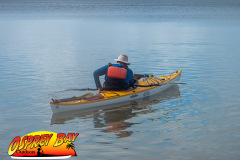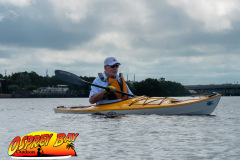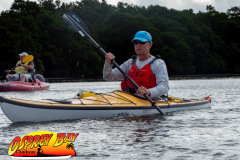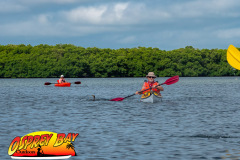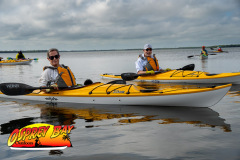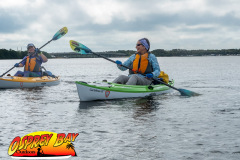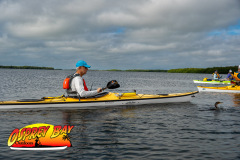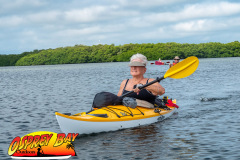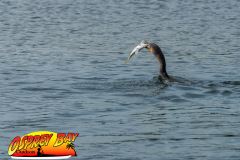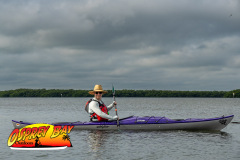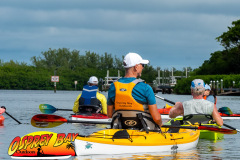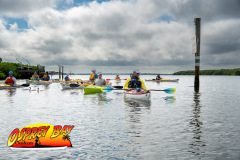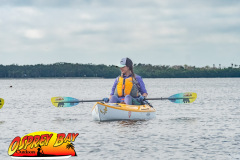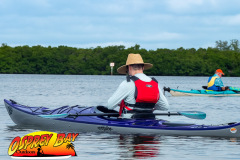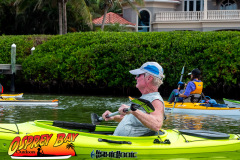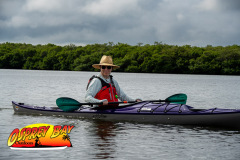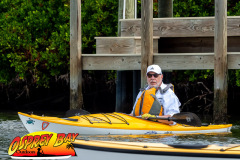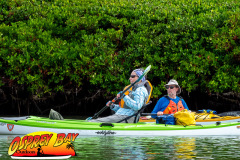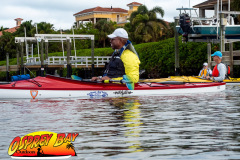
Ft Desoto Park
Ft DeSoto is a natural mangrove estuary full of all kinds of seabirds and often dolphin. We paddle around the protected inside area of the park before heading to Shell Island for a picnic lunch on the beach. This one can me a little shallow at low tide so be prepared to do some kayak hiking as well as paddling.
- Ft Desoto Park »
- Fort Desoto Oct 2023
Ft Desoto Park
The South End of Pinellas
Ft DeSoto
Whether you are sitting on the beach or kayaking near the still water’s edge at Fort De Soto, you find yourself absorbed in the abundance of natural beauty for as far as the eye can see. The complexity of the ecology is not immediately apparent, but the park offers the greatest diversity of systems just about anywhere. Emerging from the wealth of bird life, sea life, wildlife and plant life is the majestic tapestry called Fort De Soto.
The largest park within the Pinellas County Park System, Fort De Soto park consists of 1,136 acres made up of five interconnected islands (keys). These keys are home to beach plants, mangroves, wetlands, palm hammocks, hardwoods and scores of native plants. Each of these species plays a vital role in the preservation and protection of the natural environment.
Another amazing example of the importance of the park’s natural ecosystems is the more than 328 species of birds that have been documented over 60 years by ornithologists. New species are being added every year. The beach also provides refuge to the loggerhead sea turtle, which nests between April and September.
Fort De Soto was named America’s Top Beach for 2009 by Trip Advisor, the world’s largest online travel community. In 2005, “Dr. Beach,” named Fort De Soto the nation’s #1 Beach.
Annual park attendance averages more than 2.7 million visitors.
History of the park,
The park property was first purchased from the federal government in 1938 for $12,500. In 1941 the property was sold back to the federal government for $18,404 to be used as a gunnery and bombing range during World War II. The property was repurchased from the United States in 1948 for $26,500.
The 12-inch mortar battery, located at the fort for which the park was named, was listed in the National Register of Historic Places in 1977. Adding to the historical interest at Fort De Soto, two British breech-loading, rapid-fire rifles of 1890 vintage were installed in March 1982. Markers showing the original building locations and a Quartermaster Storehouse Museum add to the park’s historic interest.
Reference:


